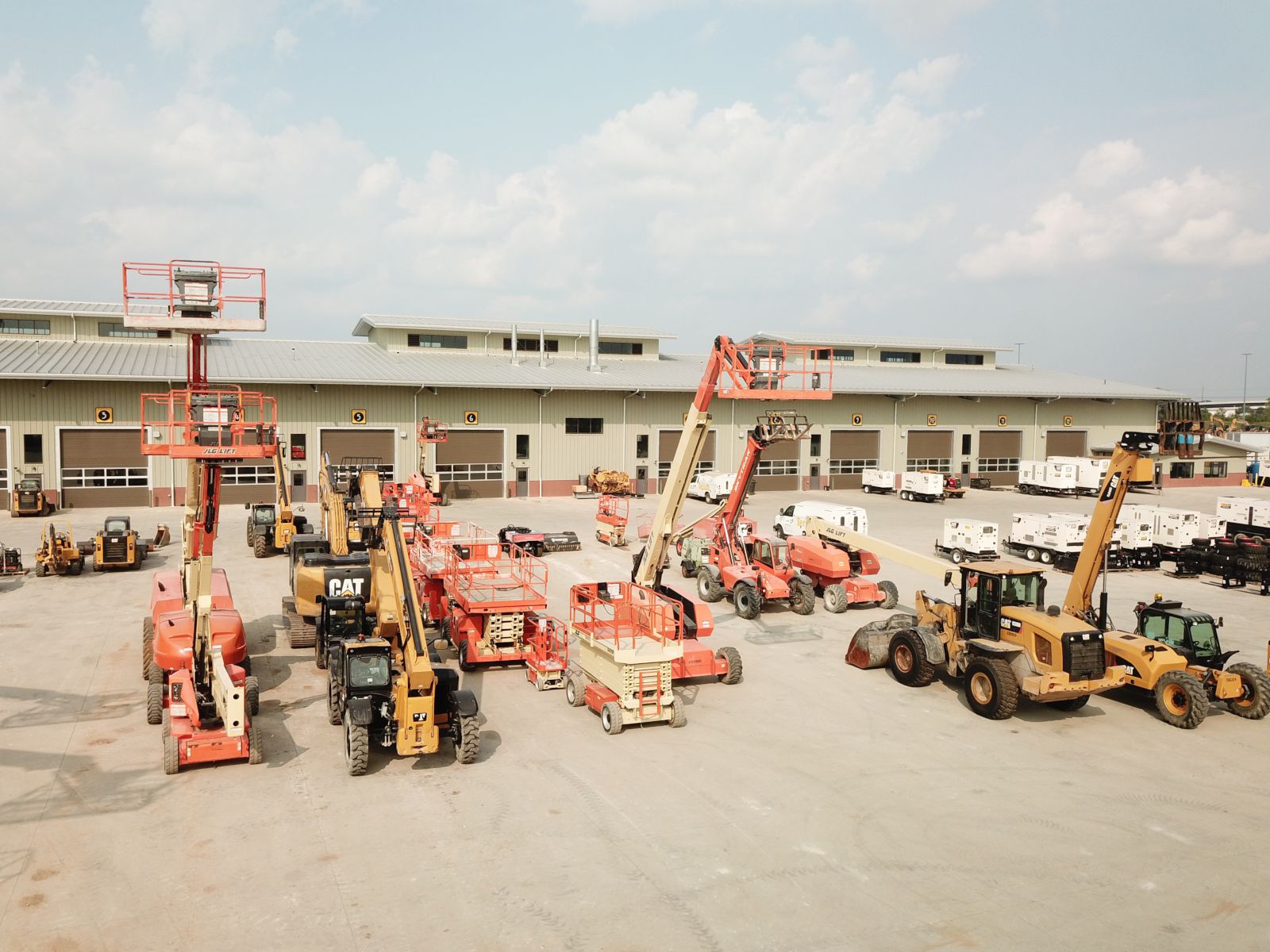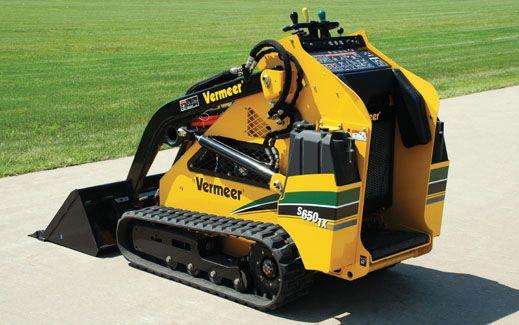Optimize Your Budget Plan by Understanding the Costs Related To Building And Construction Devices Leasings
Understanding the full extent of costs connected with building and construction equipment leasings is essential for optimizing your spending plan. What techniques can be used to effectively handle these expenses and make certain a more effective rental experience?
Review of Rental Expenses
When considering building and construction devices rentals, recognizing the associated prices is vital for effective budgeting and task planning. Rental prices can vary dramatically based on numerous elements, including tools type, period of rental, and place. The initial rental charge frequently mirrors the equipment's market need and its associated operational capacities, affecting the total expenditure.
Along with the base rental rate, secondary expenses might occur, such as transportation costs, gas additional charges, and maintenance charges. It is necessary to make up these added expenses to precisely analyze the total price of renting devices. The rental period can impact prices; longer leasings may qualify for discounted rates, while temporary leasings might sustain greater day-to-day costs.

Failure of Rental Rates
A detailed understanding of rental prices is vital for service providers and project supervisors aiming to enhance their spending plans. Rental rates for construction equipment typically include a number of components, including base prices, time-based charges, and use charges.
Base rates are the core costs connected with the rental of the tools, typically established by the kind and dimension of the equipment. These rates can differ considerably, influenced by factors such as equipment demand, availability, and regional market fads. Time-based costs, which may be daily, weekly, or monthly, offer to suit various task timelines and rental durations.
Furthermore, rental rates may include use charges, which apply when devices is used beyond a specified threshold, making certain that the rental company can make up damage. Seasonal need fluctuations can also affect rental rates, with peak building seasons normally regulating greater costs.
In addition, comprehending the rental business's policies regarding maintenance and insurance policy can supply more insight right into the overall price framework. By examining these elements, contractors can make informed decisions, making sure the option of rental devices lines up with both project needs and budget plan constraints.
Added Fees to Think About
Comprehending the complexities of added charges is critical for service providers to handle their general leasing expenditures successfully. Past the common rental prices, various additional charges can considerably affect the overall expense of devices leasing. These charges usually consist of distribution and pick-up costs, which can differ based upon range and logistics associated with moving the tools to and from the work website.
In addition, some rental firms might impose gas surcharges if the equipment is returned with less gas than when rented out. It is additionally necessary to be aware of potential cleansing costs, especially for specific devices that requires extensive maintenance after use.

Extensively examining the rental contract and clarifying these added charges upfront can aid specialists avoid unanticipated expenses and ensure that spending plans stay intact throughout the task lifecycle.
Repair And Maintenance Costs
Normal maintenance and repair costs are typically overlooked aspects that can considerably affect the general price of building equipment leasings. When renting out devices, it is critical to think about not just the rental fees yet also the prospective costs connected with maintaining the machinery in optimum operating condition.
Lots of rental firms include standard upkeep as part of the rental arrangement; however, a lot more extensive repair services or unanticipated break downs can lead to extra expenses. It's important to review the rental contract very carefully to recognize what upkeep solutions are covered and what responsibilities fall on the tenant.
Moreover, tools that is not properly maintained can lead to inefficiencies on the task site, possibly triggering hold-ups and raising job expenses. To reduce these dangers, it is a good idea to perform normal examinations and keep open interaction with the rental copyright pertaining to any kind of browse around here concerns that emerge throughout usage.
Insurance Policy and Obligation Expenses
Insurance coverage and obligation costs are crucial components that can considerably impact the see this site overall expenditure of building and construction devices leasings (forklift rental). These expenses guarantee that both the rental company and the customer are secured from prospective financial losses arising from crashes, damage, or theft throughout the rental period

In addition, clients should be conscious of any deductibles or exclusions in the insurance coverage, as these can affect possible out-of-pocket costs. Comprehending the conditions of any kind of insurance coverage is essential to stay clear of unexpected expenses. Ultimately, budgeting for insurance and obligation expenditures can assist make certain a smoother rental experience and safeguard versus economic risks associated with building tasks.
Conclusion
In verdict, a detailed understanding of the prices linked with building and construction devices leasings is vital for efficient budget management. Ultimately, educated decision-making pertaining to devices leasings contributes to the total success of building and construction ventures.
Rental costs can vary significantly based on numerous aspects, including equipment kind, duration of rental, and area (aerial lift rental). The rental duration can impact rates; longer leasings might certify for affordable rates, while short-term leasings might sustain higher day-to-day fees
By conducting thorough research study and engaging with reliable rental firms, specialists can efficiently browse the complexities of rental rates, eventually optimizing their financial sources.
Beyond the typical rental rates, numerous additional fees can significantly influence the total expense of tools rental. Rental firms commonly offer responsibility insurance coverage that covers injuries demolition machine to 3rd parties or damages to building, while devices damages insurance coverage can cover the cost of repairs or substitute if the rented out equipment is damaged.
Comments on “Dozer Rental: Powerful Earthmoving Equipment for Your Construction Requirements”